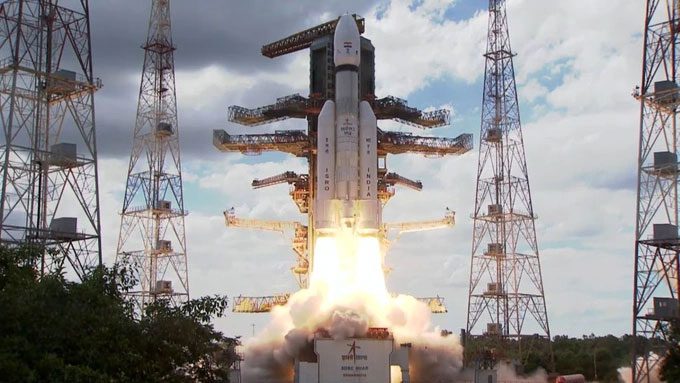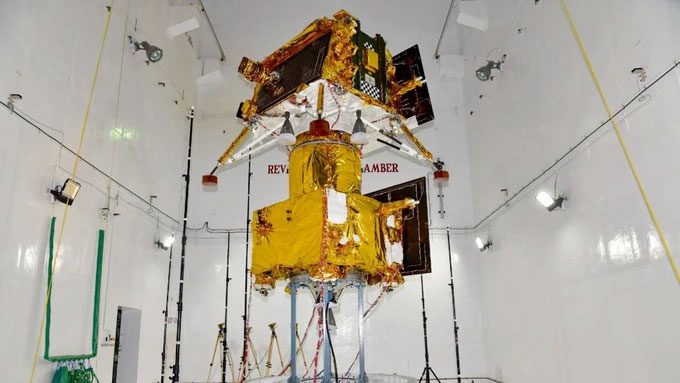India Likely to Become the Fourth Country to Land a Spacecraft on the Moon.
At 4 PM on July 14, India successfully launched the Launch Vehicle Mark-3 (LVM3) rocket from the Satish Dhawan Space Centre located on Sriharikota Island.

India successfully launched the Moon lander Chandrayaan-3 from the Satish Dhawan Space Centre on July 14 (Photo: ISRO).
The rocket carried the Chandrayaan-3 spacecraft, embarking on India’s latest ambitious journey to the Moon for its population of 1.4 billion.
Approximately 16 minutes after liftoff, the Chandrayaan-3 spacecraft separated from the LVM3 rocket as planned and entered Earth’s orbit. Here, it will begin a fuel-saving journey before accelerating and heading towards lunar orbit.
If the rest of the mission proceeds as planned, India will soon become the fourth country to land on the Moon, following the United States, the former Soviet Union, and China.
The success of this mission is expected to accelerate India’s ambitions for low-cost space exploration amidst increasing competition from various countries to establish a long-term presence on the Moon.
The entire mission is estimated to cost India around 6 billion rupees (73 million USD). This is a relatively modest figure compared to similar missions.

The Chandrayaan-3 lander at the Indian Space Research Organisation’s center. (Photo: ISRO).
After the successful launch, officials at the Indian Space Research Organisation (ISRO) expressed their confidence in this launch. This confidence will be tested over the coming months as the spacecraft follows its trajectory and enters lunar orbit.
The most critical phase remains the landing, where the spacecraft must execute a series of precise maneuvers to touch down near the Moon’s south pole, expected on August 23. This area is located at 69.367621°S latitude and 32.348126°E longitude, close to the planned landing site of Russia’s Luna-25 spacecraft, which is set to launch in August.
Experts believe this will be a historic landing for India. In November 2019, ISRO experienced a setback with Chandrayaan-2 due to technical issues, causing its payload to crash onto the lunar surface.
Instead of using algorithms to interpret speed from static images as done with Chandrayaan-2, the new technology on Chandrayaan-3 is designed to estimate the spacecraft’s speed in real-time during its lunar landing.
Additionally, the legs of the Chandrayaan-3 have been reinforced to help it survive a high-speed landing.


















































